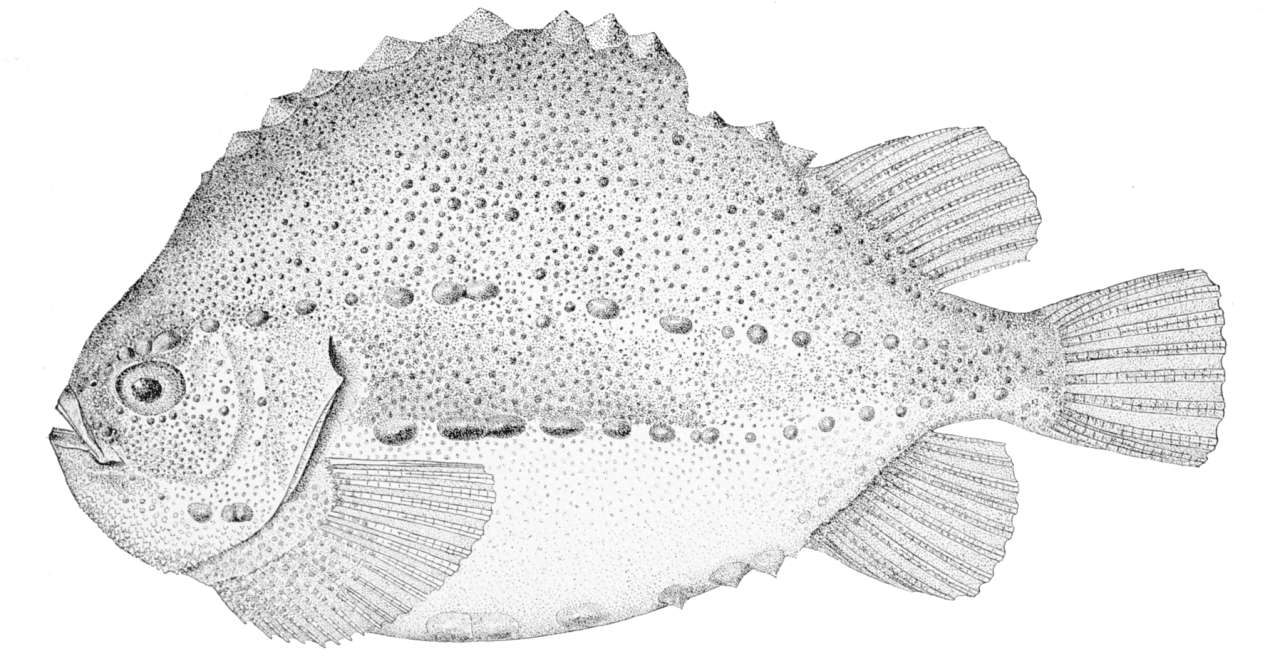
Molecular Ecology and Aquaculture Genomics of Lumpfish
Outcomes of the research have major implications for the growth of blue economy in Norway and will facilitate the improvement of selective breeding programs, management and conservation of the species.

Lumpfish (or lumpsucker) Cyclopterus lumpus L. 1758 is a semi-pelagic teleost species distributed across both sides of the north Atlantic Ocean. Females of this species are commercially exploited for their ripe egg masses (roe) which are sold as caviar in the European Union and Asian markets.
Lumpfish also plays a vital role in salmonid aquaculture where it serves as a cold-water biological agent for the removal of sea lice from Atlantic salmon (Salmo salar L. 1758).
The importance of lumpfish in both fisheries and aquaculture has therefore motivated studies with a disciplinary focus in molecular-, population-, and quantitative genetics/genomics.
The primary research aim of this study is three-fold:
- to produce a high-quality chromosomal-level genome assembly of lumpfish using a trio binning approach (i.e., high-throughput sequencing of a parent-pair-offspring trio)
- to understand the patterns and distribution of genetic/genomic variation in wild and cultured populations
- to understand the genetic architecture and functionality of traits of economic importance, which include growth-, health-, and foraging-related traits.
Furthermore, the research outcomes will illuminate the potential impact of escapees from aquaculture farms on the genetic patterns of functional variation in wild population of lumpfish. This work is done in collaboration with aquaculture specialist at Akvaplan-Niva in Norway.
